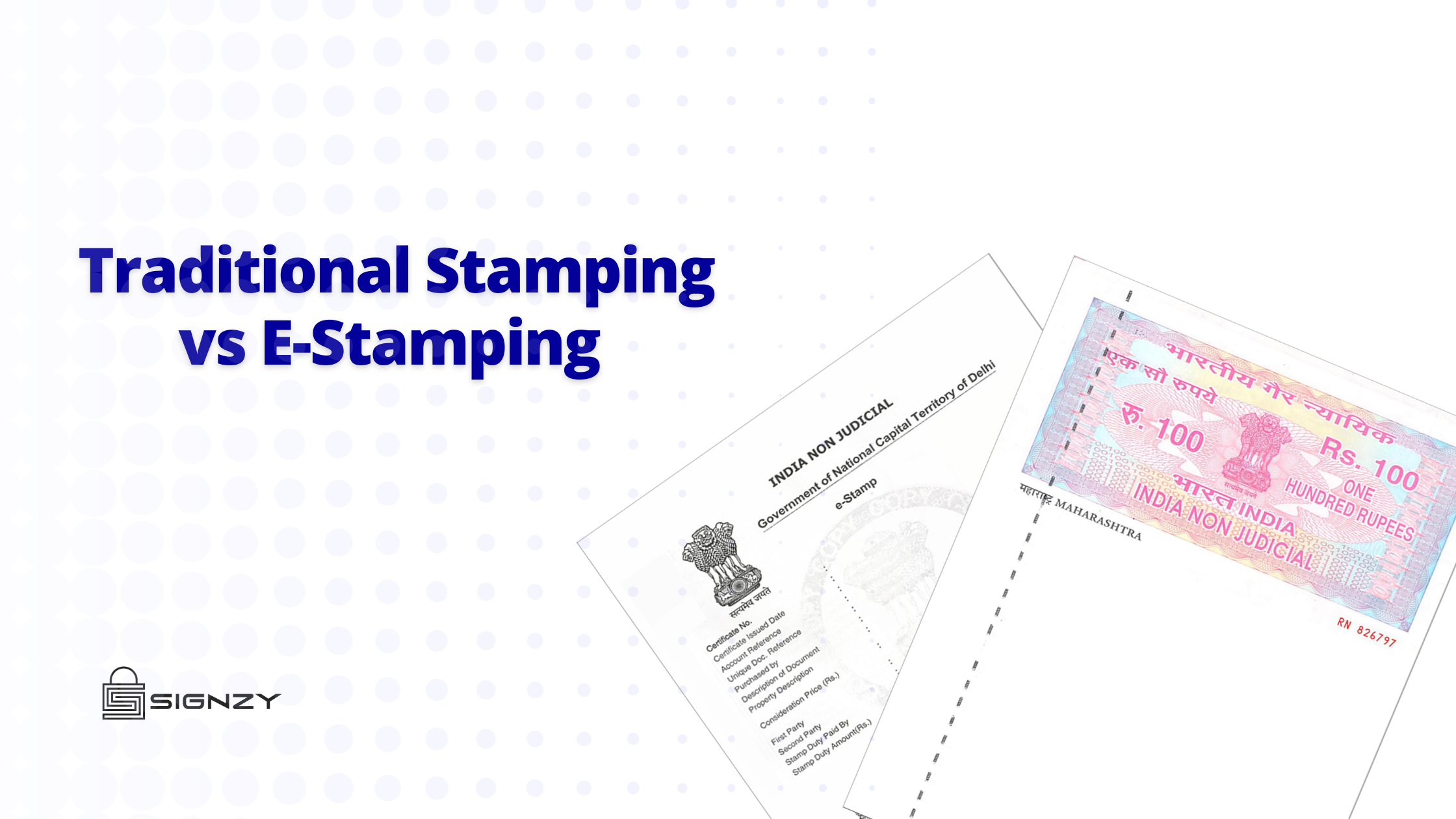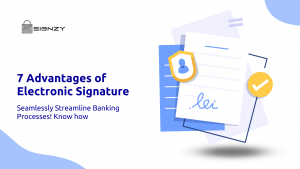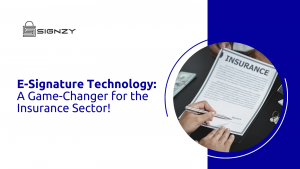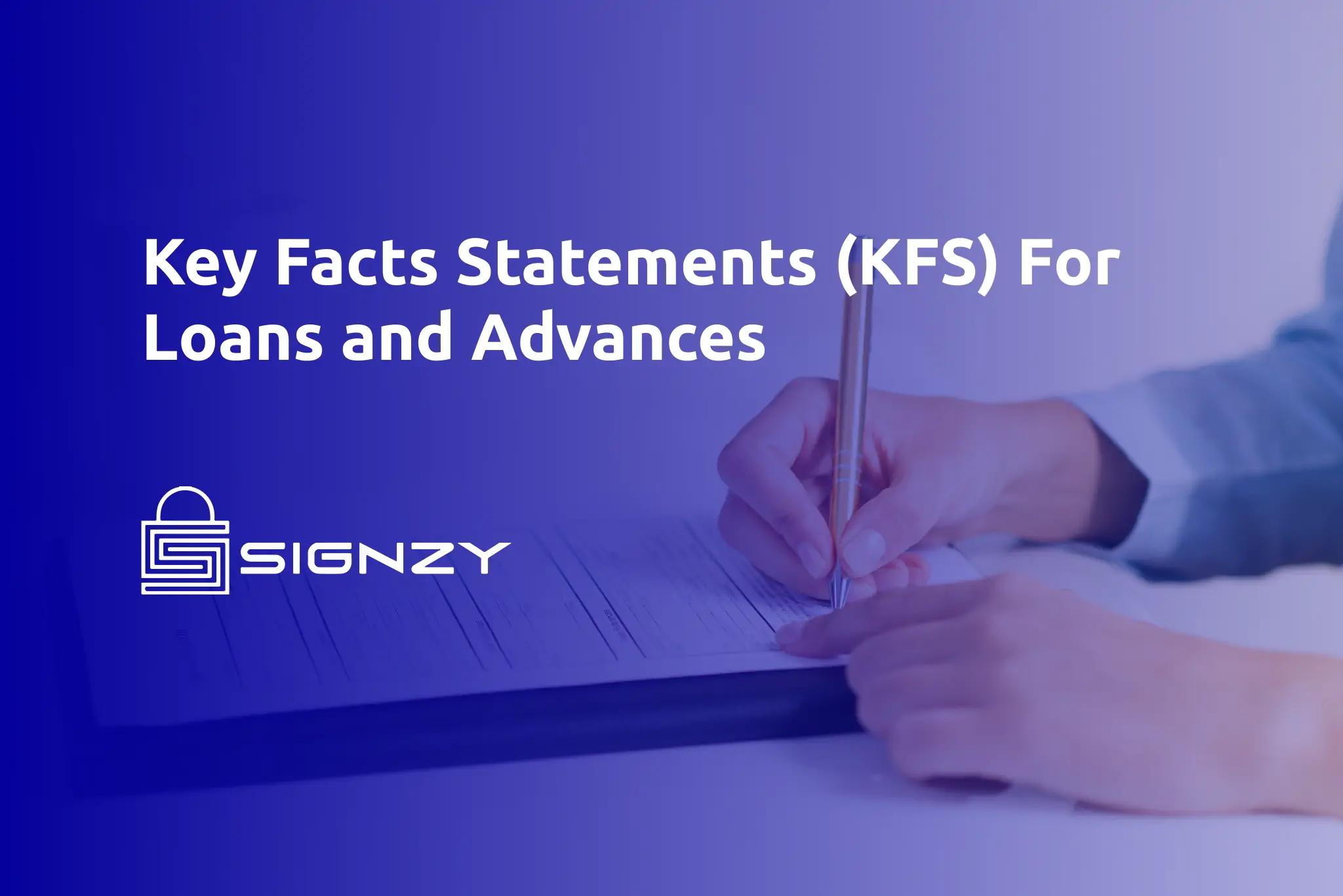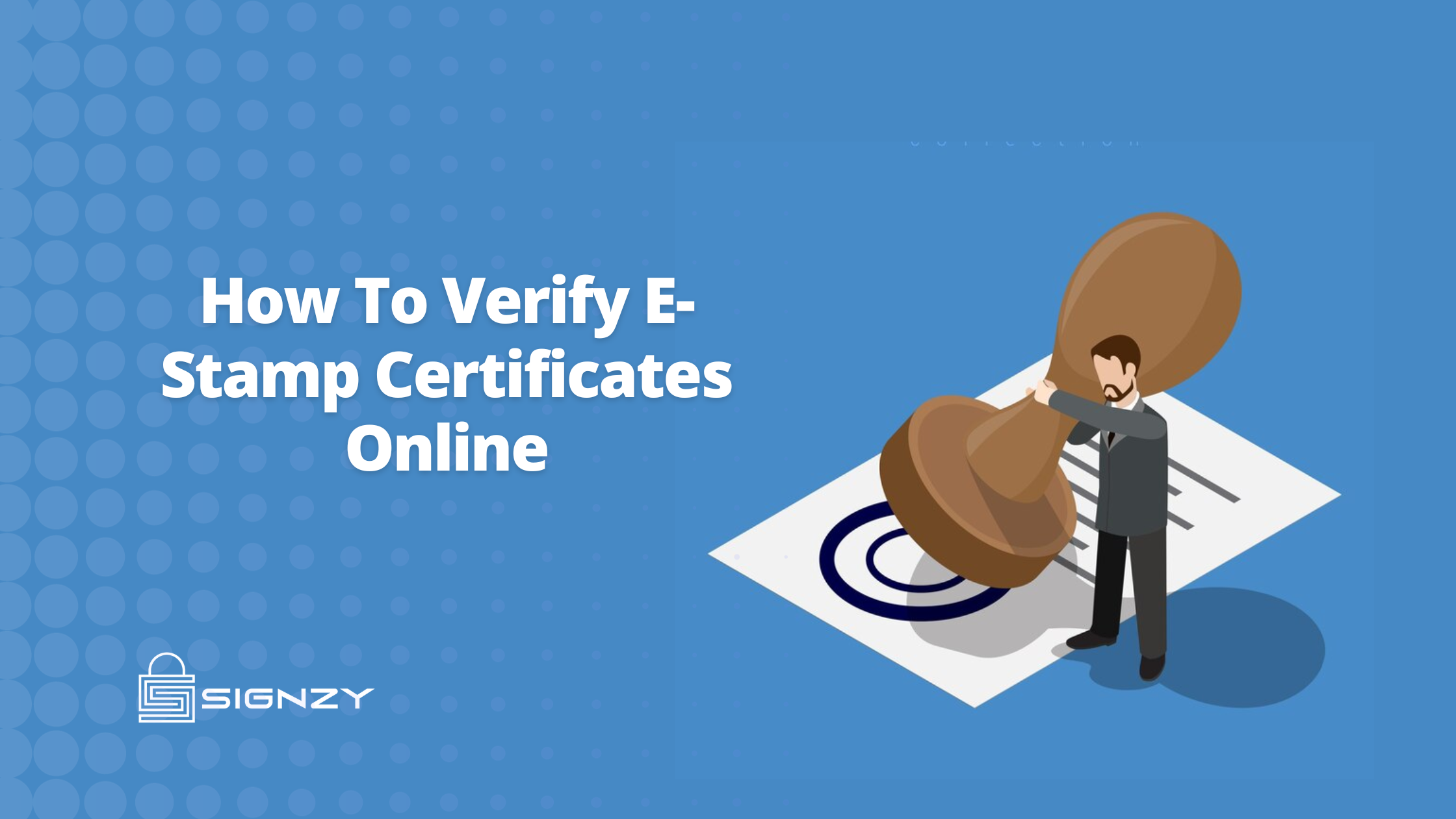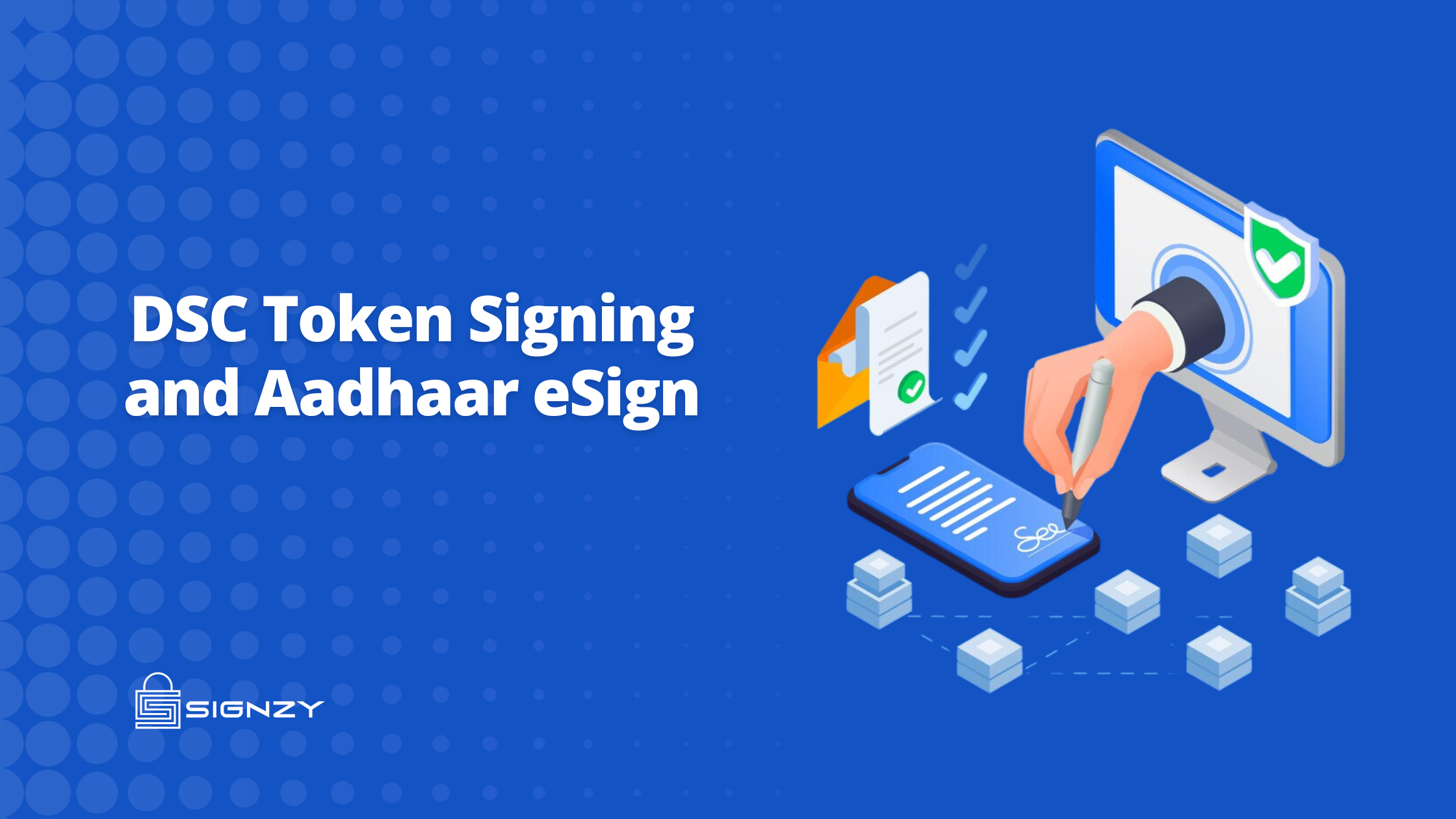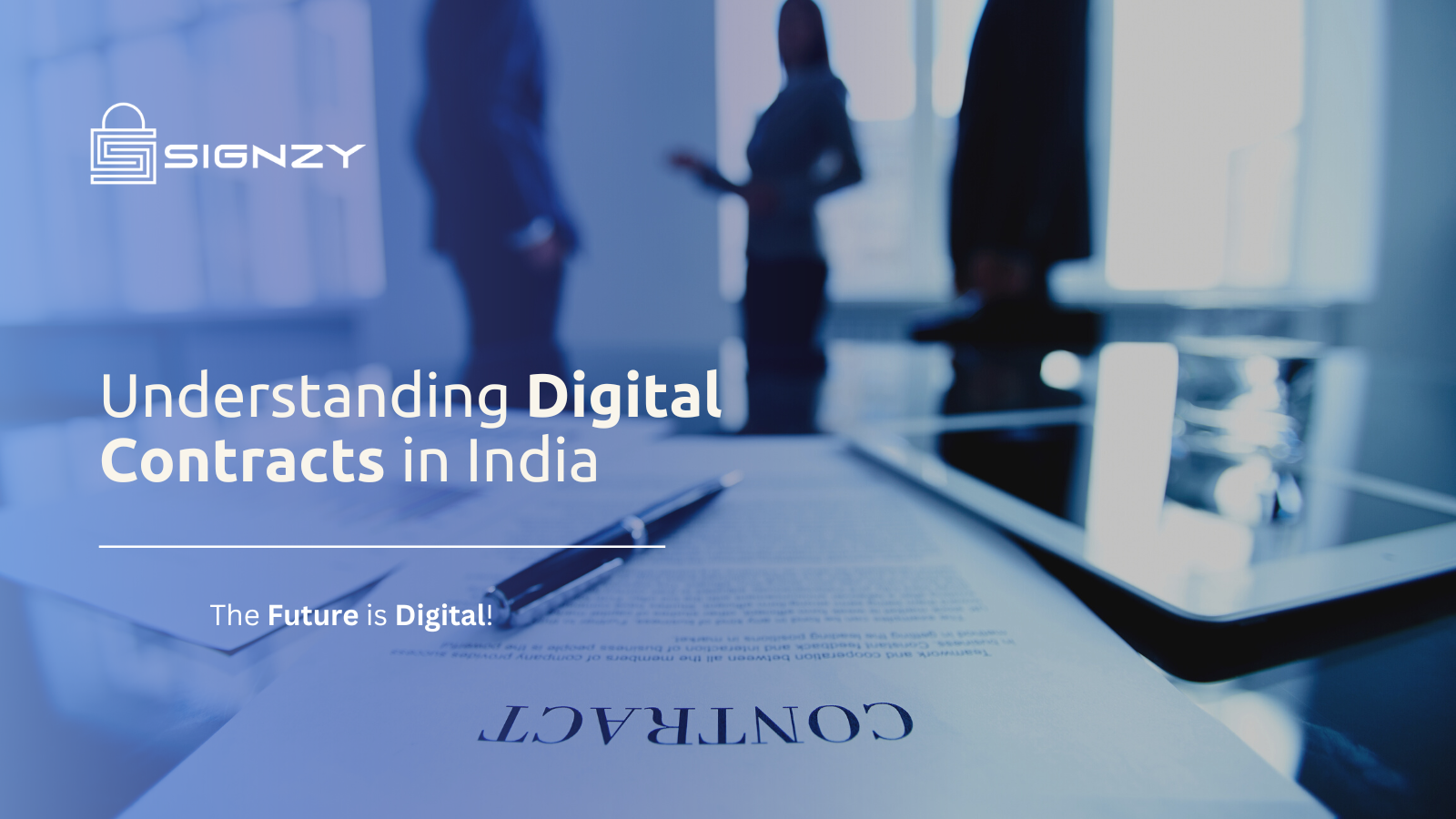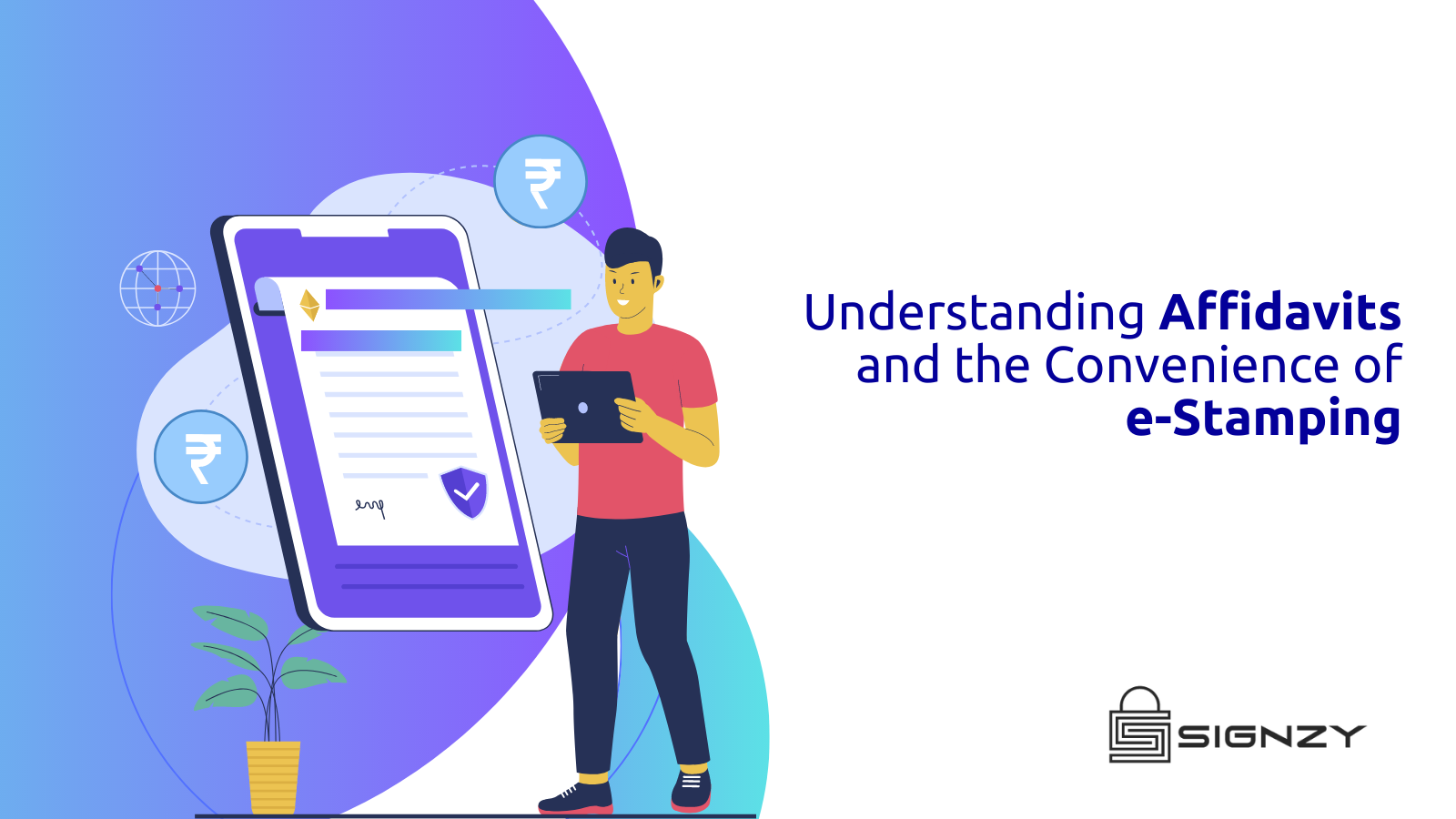The stamp, once a ubiquitous symbol of officialdom, is facing a modern challenge: the rise of eStamping. This digital revolution in document authentication offers convenience and security in stark contrast to the traditional methods of physically procuring and affixing stamps. But is eStamping truly the vanguard, or does the old guard of paper and ink still hold its ground? Let’s delve into a comparative analysis, weighing the pros and cons of each approach.
Traditional Stamping Methods
For centuries, physical stamps have been the trusted guardians of document integrity. Their tangible presence, with embossed seals and watermarks, offered a sense of security and tamper-proof validation. The process is familiar: visit a stamp vendor, purchase the required denomination based on document value, and meticulously affix the stamp. While this method is deeply ingrained in legal and financial systems, it comes with its own set of pros and cons.
Pros:
Tangible evidence: Physical stamps offer a tangible element, providing a sense of security and ease of verification for some users.
Accessibility: Traditional stamps are readily available in most locations. This makes them accessible even in areas with limited internet connectivity.
Familiarity: The method is well-understood by older generations accustomed to paper-based transactions.
Cons:
Time-consuming: Acquiring stamp paper, calculating stamp duty, and affixing stamps can be time-consuming, especially for complex documents.
Prone to errors: Manual calculations and affixing stamps leave room for human error, potentially invalidating documents.
Security concerns: Counterfeiting and forgery of physical stamps pose security risks, raising concerns about document authenticity.
Environmental impact: Paper production and transportation associated with physical stamps contribute to environmental degradation.
E-Stamping
eStamping, on the other hand, leverages the power of the internet to revolutionize document authentication. Instead of physical stamps, documents are electronically stamped through secure online platforms. The process involves selecting the required denomination, paying electronically, and downloading a digital stamp certificate. This certificate is then embedded within the document, ensuring its authenticity and validity.
Pros:
Convenience: eStamping can be done anytime, anywhere, from the comfort of one’s home or office.
Speed and efficiency: The process is significantly faster, generating eStamp certificates in minutes compared to the hours or days it can take with physical stamps.
Security: eStamp certificates are encrypted and tamper-proof, minimizing the risk of fraud and forgery.
Transparency and auditability: The entire eStamping process is digitally recorded and easily traceable, enhancing transparency and accountability.
Environmental benefits: eStamping eliminates the need for paper production and transportation, contributing to a more sustainable future.
Cons:
Digital dependence: Users require internet access and basic computer literacy to utilize eStamping platforms.
Initial learning curve: Familiarity with the eStamping process may require initial training or support, particularly for non-tech-savvy users.
Potential technical glitches: While rare, technical issues with eStamping platforms could temporarily disrupt document validation.
The adoption of eStamping is rapidly gaining momentum. In India, for instance, eStamping has witnessed a remarkable rise since its implementation in 2011. Statistics reveal that in 2022-23, over 85% of stamp duty collections were through eStamping, showcasing its growing popularity and efficiency.
Furthermore, the Indian government estimates that eStamping has saved over Rs. 10,000 crores in printing costs and revenue leakage since its inception. This translates to significant financial savings for the government and a more efficient allocation of resources.
The Path Forward
While eStamping offers undeniable advantages, it’s important to recognize that traditional stamping methods still hold value. For certain documents like wills and powers of attorney, physical stamps might be preferred for evidentiary purposes. Additionally, rural areas with limited internet connectivity might still rely on physical stamps for convenience.
Therefore, the future of document authentication likely lies in a hybrid approach. eStamping will undoubtedly become the dominant form for its efficiency and security benefits, but physical stamps might still play a role in specific cases.
Conclusion
The battle between eStamping and traditional methods is not a winner-take-all scenario. Both approaches offer unique advantages and cater to different needs. The key takeaway is that the digital revolution is transforming document authentication, and eStamping is leading the charge with its promise of convenience, security, and efficiency. Traditional stamping methods, though time-tested, need to adapt to the changing landscape to remain relevant and accessible. By striking a balance between the two, we can ensure that stamping remains a reliable and accessible component of modern life.
About Signzy
Signzy is a market-leading platform redefining the speed, accuracy, and experience of how financial institutions are onboarding customers and businesses – using the digital medium. The company’s award-winning no-code GO platform delivers seamless, end-to-end, and multi-channel onboarding journeys while offering customizable workflows. In addition, it gives these players access to an aggregated marketplace of 240+ bespoke APIs, easily added to any workflow with simple widgets.
Signzy is enabling ten million+ end customer and business onboarding every month at a success rate of 99% while reducing the speed to market from 6 months to 3-4 weeks. It works with over 240+ FIs globally, including the 4 largest banks in India, a Top 3 acquiring Bank in the US, and has a robust global partnership with Mastercard and Microsoft. The company’s product team is based out of Bengaluru and has a strong presence in Mumbai, New York, and Dubai.
Visit www.signzy.com for more information about us.
Contact us directly!
